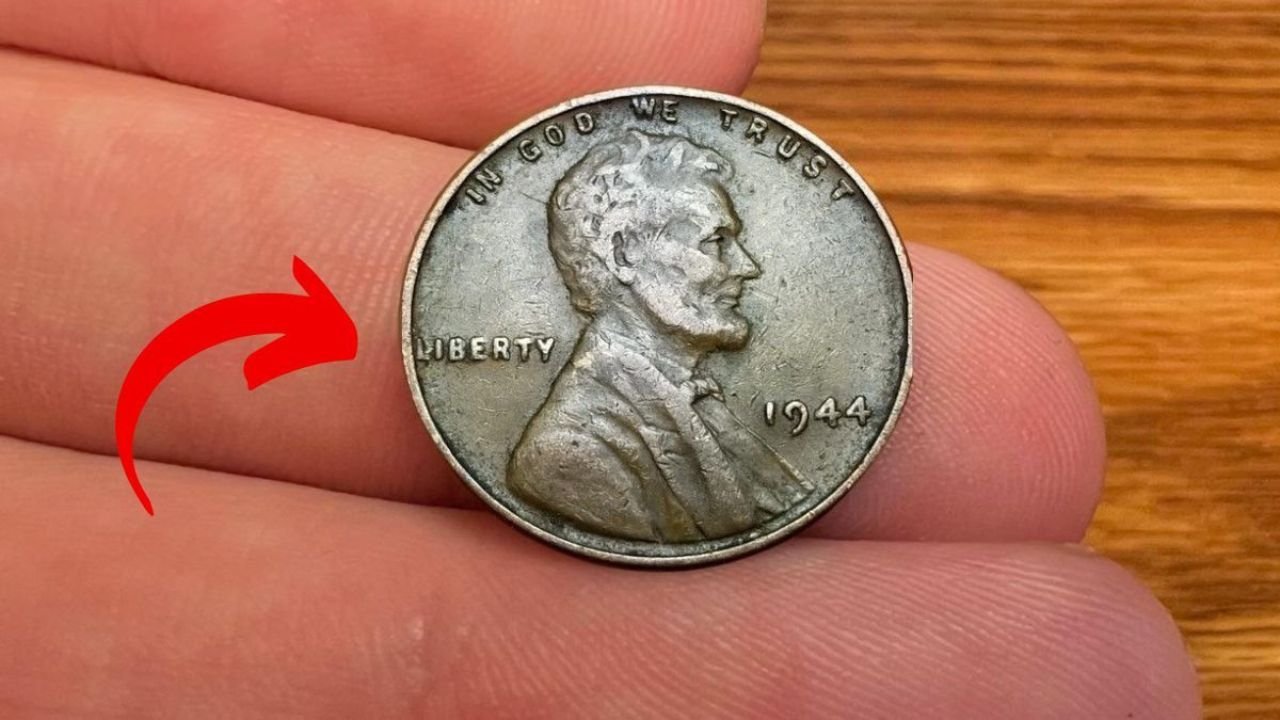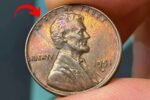The Lincoln Wheat Penny Valued at $80 Million, Still in Circulation
Most people don’t think twice about pennies. We drop them in jars, ignore them on sidewalks, and rarely check the year printed on them. But what if one of those pennies could make you a millionaire? Believe it or not, a rare Lincoln Wheat Penny is valued at a staggering $80 million — and experts believe it might still be in circulation.
That means you could come across it during your regular shopping or while counting spare change. It looks like a regular penny, but it holds a mystery and history that makes it worth more than most homes.
What Is the Lincoln Wheat Penny?
The Lincoln Wheat Penny was first introduced in 1909 and was minted until 1958. On the front, it shows the side profile of Abraham Lincoln, while the back features two wheat stalks, which is why it’s known as the “Wheat Penny.”
These pennies were made in huge numbers, but some specific years and variations are very rare. Some of them have printing errors, were made from unusual metals, or had extremely limited production runs. These are the ones that can fetch thousands or even millions.
One such Wheat Penny, rumored to be unique, has been valued at around $80 million because of its extreme rarity and historical importance.
Overview Table: Details of the $80 Million Lincoln Wheat Penny
| Feature | Details |
|---|---|
| Coin Name | Lincoln Wheat Penny |
| Estimated Value | $80 Million |
| Year of Minting (Believed) | 1943 (Copper version) |
| Reason for High Value | Rare metal use, historical error |
| Still in Circulation? | Possibly |
| Material | Copper (instead of Steel in 1943) |
| Back Design | Two Wheat Stalks |
Why Is This Penny Worth $80 Million?
In 1943, the U.S. Mint used steel to make pennies instead of copper. This was done because copper was needed for war equipment during World War II. But by mistake, a small number of copper planchets (coin blanks) were used to mint some 1943 pennies.
These copper 1943 Wheat Pennies are some of the rarest coins in U.S. history. Only a few are known to exist, and most are in private collections. But one version, believed to be even more rare due to perfect condition or a unique error, is now said to be worth up to $80 million.
This kind of value isn’t just about the material. It’s also about:
-
Historical significance
-
Condition (mint state)
-
Collector demand
-
One-of-a-kind features
Collectors around the world are always on the lookout for it, and the story of this coin has become legendary.
Could You Be Holding It?
It’s hard to believe, but yes — there’s a small chance someone could still have this penny in a coin jar or wallet and not know it. Since it looks very similar to a normal penny, many people might overlook it.
So how can you tell if your Lincoln Wheat Penny is special?
-
Check the Year: If it’s from 1943 and made of copper (not steel), you could be holding something very rare.
-
Use a Magnet: Steel pennies will stick to a magnet. Copper won’t. If your 1943 penny doesn’t stick, it’s time to look deeper.
-
Check the Weight: A copper penny weighs about 3.11 grams. Steel ones weigh less.
-
Condition Matters: Even if it’s rare, scratches and wear can reduce the value.
If you think you’ve found something unusual, it’s best to take it to a certified coin expert or grading service.
Frequently Asked Questions (FAQs)
Q1. What makes the 1943 Lincoln Wheat Penny so valuable?
A1. In 1943, pennies were made from steel due to wartime shortages of copper. A few copper ones were made by mistake. These rare errors are now worth millions.
Q2. How many copper 1943 pennies are known to exist?
A2. Only a handful are known — some experts believe fewer than 20 exist worldwide, which makes them extremely rare.
Q3. Can I sell a rare penny on my own?
A3. Yes, but it’s highly recommended to get the coin graded by a professional service like PCGS or NGC before trying to sell. This confirms its authenticity and value.
Q4. Where should I take a coin if I think it’s rare?
A4. Visit a certified coin dealer, a numismatics museum, or send it to a trusted grading company. Avoid cleaning or altering the coin before it’s checked.
Q5. What if I accidentally spend it?
A5. That’s always a risk! That’s why collectors advise checking your coins carefully, especially older pennies from the 1940s and earlier.
The Value of Everyday Change
Most of us don’t pay attention to pennies. But stories like this show that hidden treasures can be found in the most ordinary places. Coins carry more than just value — they carry history. A rare coin like the $80 million Lincoln Wheat Penny connects us to a moment in time, a mistake at the mint, and a collector’s dream.
The idea that this coin could still be in circulation adds excitement for collectors and everyday people alike. It might be sitting in a piggy bank, a cash drawer, or at the bottom of a pocket.
Conclusion
The Lincoln Wheat Penny valued at $80 million is more than just a coin — it’s a symbol of how something so small can be so valuable. With history, rarity, and mystery wrapped into one, it reminds us to pay attention to the little things.
So, next time you get a handful of change, don’t just toss it aside. Take a closer look. Who knows? That little penny might just change your life.














